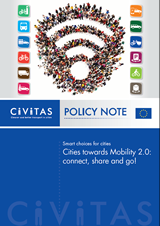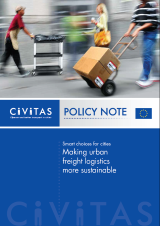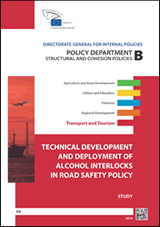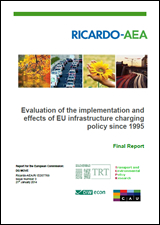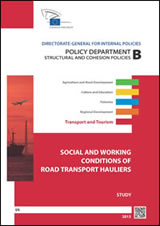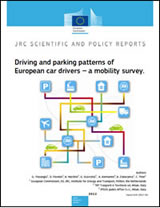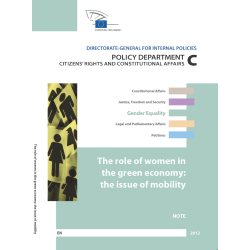15 July 2016
Within the consortium of the CIVITAS WIKI project, TRT was responsible for drafting the second Policy Note, focusing on the topic of shared mobility. With this policy note, CIVITAS WIKI intends to provide cities with a comprehensive overview on shared-mobility concepts and practices. It also aims to offer guidance to decision makers, policy makers and urban mobility professionals in identifying opportunities and challenges of shared mobility for their cities. In recent years, shared-mobility services have had an increasing impact on urban mobility in many countries around the world. Shared-mobility services have developed in many forms: some of them are already tried and tested, while others are relatively new and have yet to achieve their full potential. They range from the more traditional car sharing, ride sharing and bike sharing services to more innovative solutions of ride sourcing services and car park sharing. Also, novel shared-mobility services are becoming increasingly available for goods and urban freight deliveries. The new mobility paradigm has relevant impacts on cities and their mobility planning strategies and plans, seeking to address several questions. How can cities best manage the emergence of these new shared-mobility services? How can the relationship between private and public interests best be managed? What benefits and opportunities can be identified and exploited at city level? What challenges and potential negative impacts need to be taken into account? Authors: Caterina Di Bartolo, Simone Bosetti, Claudia de Stasio, Patrizia Malgieri; Ivan Uccelli (infographic) July 2016 [tw_fontawesome fa_size=”14″ fa_padding=”0″ fa_color=”#223468″ fa_bg_color=” ” fa_border_color=”#aaaaaa” fa_rounded=”0″ fa_rounded_size=”03″ fa_icon=”fa-download”] Download the study

